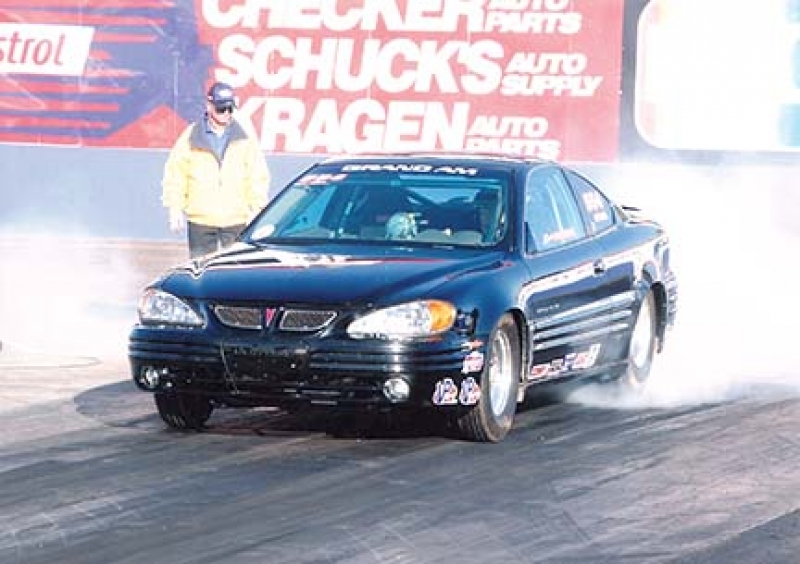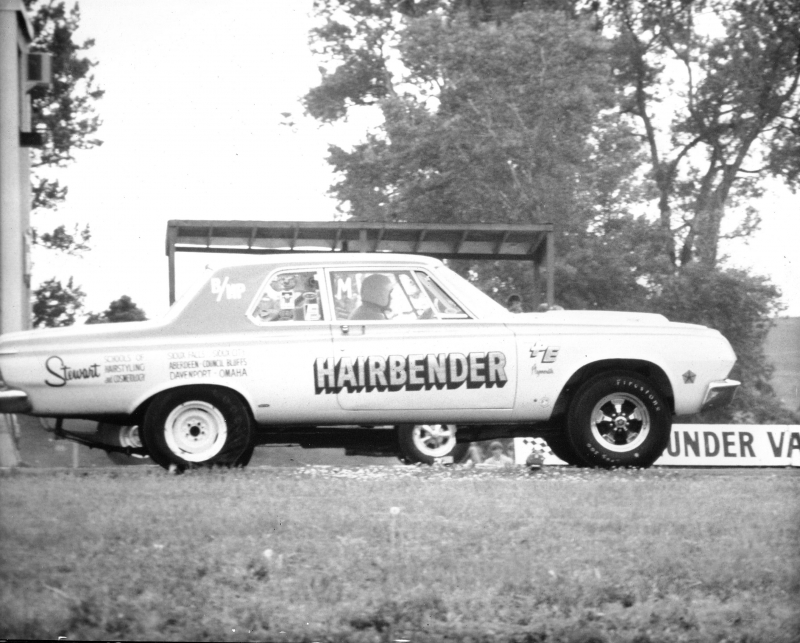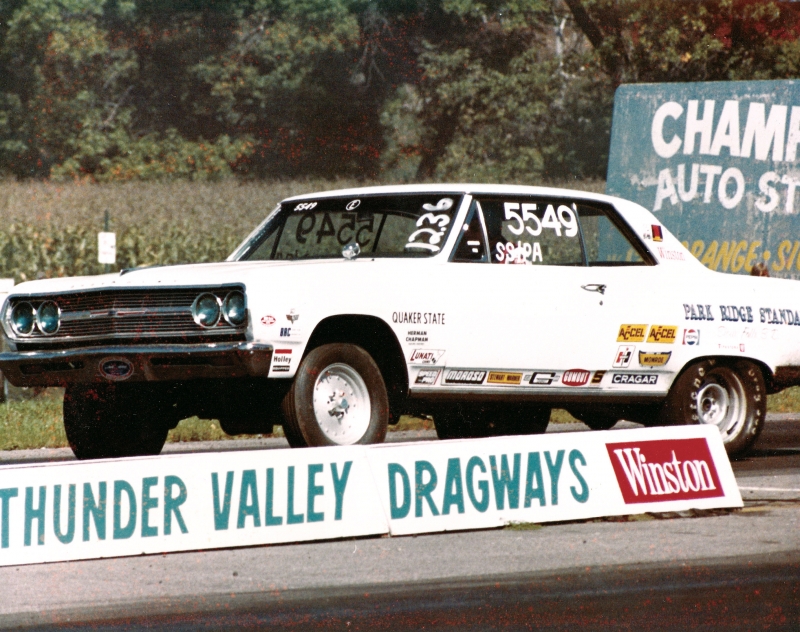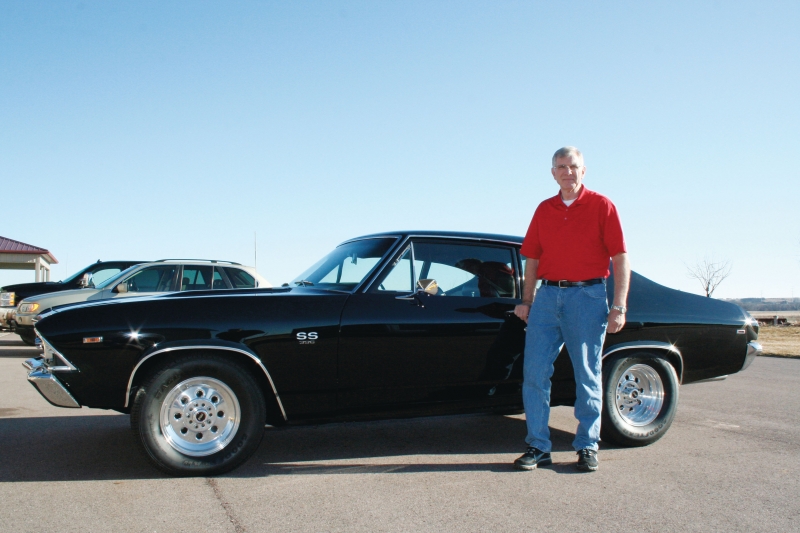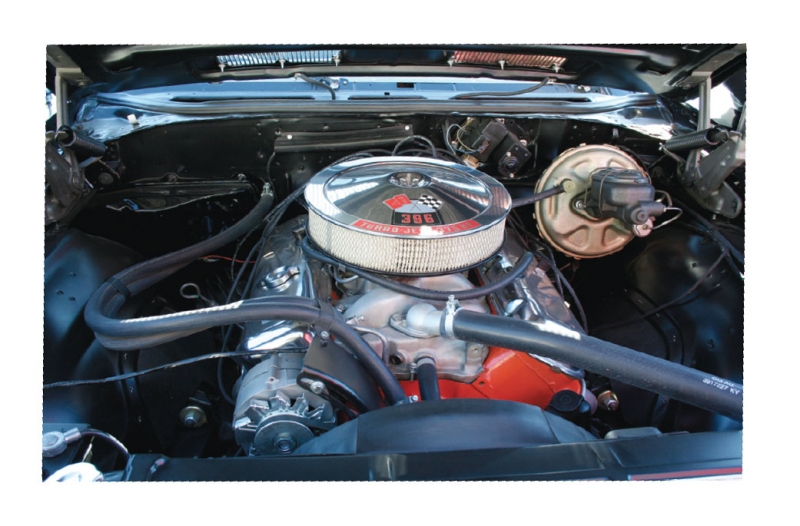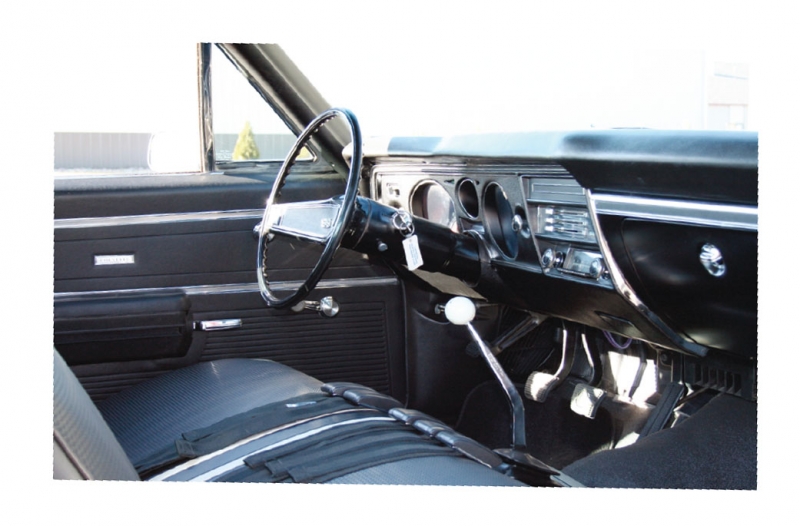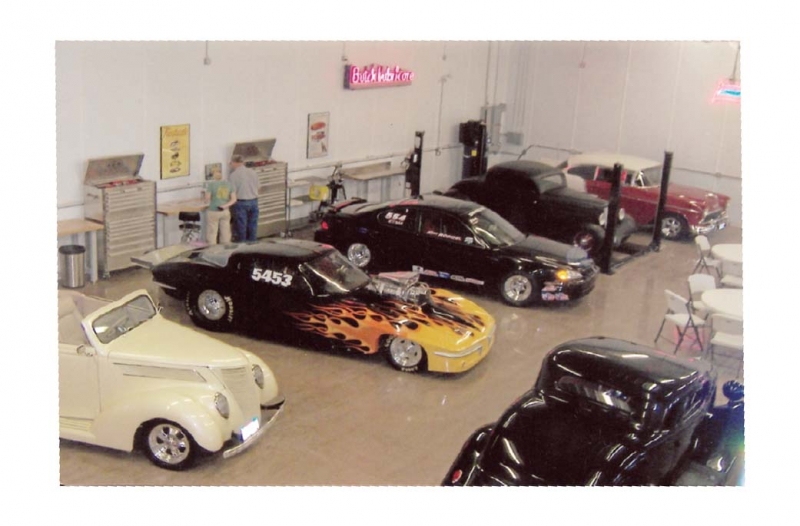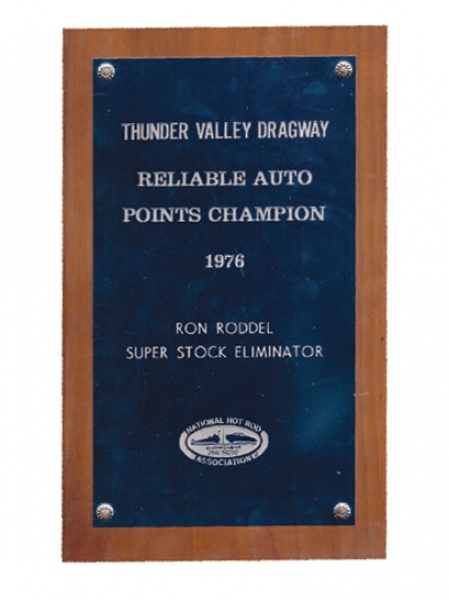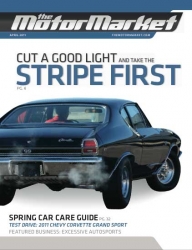
More Issues
- August 2023
- July 2023
- June 2023
- May 2023
- April 2023
- March 2023
- February 2023
- January 2023
- December 2022
- November 2022
- October 2022
- September 2022
- August 2022
- July 2022
- June 2022
- May 2022
- April 2022
- March 2022
- February 2022
- January 2022
- December 2021
- November 2021
- October 2021
- September 2021
- August 2021
- July 2021
- June 2021
- May 2021
- April 2021
- March 2021
- February 2021
- January 2021
- December 2020
- November 2020
- October 2020
- September 2020
- August 2020
- July 2020
- May 2020
- April 2020
- March 2020
- February 2020
- January 2020
- December 2019
- November 2019
- October 2019
- September 2019
- August 2019
- July 2019
- June 2019
- May 2019
- April 2019
- March 2019
- February 2019
- January 2019
- December 2018
- November 2018
- October 2018
- September 2018
- August 2018
- July 2018
- June 2018
- May 2018
- April 2018
- March 2018
- February 2018
- January 2018
- August 2011
Cut a Good Light and Take the Stripe First
It’s a fine line between winning and losing when the difference is measured in .001 of a second. That’s the world Ron Roddel lives in every time he comes face to face with the “Christmas Tree”.
“I literally grew up around race car drivers,” recalls the retired President of ABS and current race car driver. “My grandpa had a cabin on Lake Brandt and his neighbors included Denny Kannenberg’s family and Bill Mellenberndt’s family. We spent a lot of time at my grandpa’s cabin when I was a kid. These guys loved to go fast even as kids and I always looked up to them. (I was a few years younger than they were.) I remember one time Denny gave me a ride on the back of his motorcycle. I was never so scared in my life!”
“I attended my first drag race at Sioux City Dragways in 1963 while I was in high school; and I got hooked. A bunch of guys went down there one day; it was the closest track at the time. After Thunder Valley opened in 1967, I started going there on a regular basis. That is where I met my good friend Jim Christensen. I was
just a spectator at first and then in the summer of 1968, Jerry Ryan, from Aberdeen who was a regular racer at Thunder Valley, got drafted and asked me to race his 1950 Oldsmobile…which I did. I was 22 years old at the time. It was a good car and I won quite a few class trophies that summer. I was relieved that I never damaged his car while he was gone. My racing career was cut short when I was drafted the following fall.”
After serving two years in the Army, Ron returned to racing but not as a driver. “After I got out of the service I never drove until 1976. I went into partnership with Bob Sherwood on a race car and Bob always drove it. The car was pretty famous (the original Hairbender purchased from Gordon Stewart). It was a 1964 Plymouth Savoy with a factory aluminum front end and a competition 426 Hemi. We raced it for three years. It was a factory built race car built for one purpose… racing. It was designed for acceleration purposes only. (Randy Stewart still owns the Hairbender 2, which Gordon purchased in 1968). The car was expensive to maintain so we made the decision to sell it. To this day I regret that decision. After we sold the Hairbender, we raced a 1964 Chevy II Nova in Super Stock with a 283 engine. We had some success with this car, however just when we got the car to perform well, Bob received a job offer in Alaska and he moved there in 1975. In 1976 I started driving again. I took the drive train out of the Nova and put it in a 1965 Chevy Malibu. I raced that car by myself from ‘76 to ‘80. In 1976 I won the Thunder Valley Super Stock points championship. In 1980, I traded that car to Jerry Ryan for a ‘64 Chevelle station wagon. At the time station wagons had an advantage for weight transfer at the starting line for launching the car. I raced it for three years and had pretty good success with that car. In 1982, I realized I needed to spend more time with my family and was pretty much out of racing until 2004.” Ron and his wife Judy have three children and two (soon to be three) grandchildren; Tom and his wife, Kristi, and their two children Luke and Kylie live in Lincoln, Nebraska, daughter Cathie Herbers and husband Josh (who are expecting their first child in April) live in Sioux Falls, and daughter Mary Knetsch and husband Kevin in Sioux Falls. Mary works at ABS. “My children were involved with high school and college athletics, Cathie in gymnastics and Mary in basketball. I wore out two suburbans chasing around to my kids’ games and it was some of the most enjoyable years of my life. I always kept up with racing. In ‘04 the kids graduated from college and I started traveling with Bob Sherwood in the pit crew and the bug really hit me hard again. Bob had moved back in the early 80’s. I knew I really missed it and wanted back in. In the winter of 2003-04 at Bob’s shop, we constructed my current 2002 Grand Am race car. Grand Ams were front wheel drive cars and the rules are advantageous to convert a front wheel drive to a rear wheel drive drag car. The class we run is Super Stock Eliminator.” Ron races this car to this day. It has a 265 cubic inch fuel injected Chevy motor that produced 200 HP from the factory. Now it produces 490 HP on the dyno. “It didn’t always have that much horsepower,” says Roddel. “We keep making improvements to it. We built it in Bob’s shop. Bob’s son, Aaron, did the fabrication work, Tom Dalesio did all the wiring, fuel line and sheet metal work, and the engine work was done by Gene Bichlmeier from Norfolk, Nebraska. Today all of these people are still a major part of helping me get down the racetrack.” Ron turns the wrenches on his car but Monty Jones does the machine work on the motor from Osceola, Nebraska.
Ron and his team normally run three weekends at Thunder Valley during the summer racing season. They also follow many of the NHRA national and division races around the country. They race in Division 5 around here and run the Brainerd, Topeka, Great Bend, Kansas, Denver, Earlville, Iowa tracks, and nationally in Las Vegas, Phoenix, and Pomona, California. “The west coast swing is a trip we make every February,” according to Roddel. My friend, Jim Christensen, former manager at Thunder Valley, always travels with us. Jim doesn’t race but has been around the sport almost his entire life and enjoys making the trip with us. Bob has a race hauler that holds three race cars. The other two cars we take are Bob’s 69 Corvette and Gene’s ‘66 Chevy II. Each one of us races our own car.
“I love cars and grew up in the muscle car era in the late 60’s. I know a lot of people that race sprint cars but I just got started with drag racing and got hooked. I really liked the body styles of drag cars. You were racing cars that you could purchase from the dealer’s showroom floor. The saying goes, ‘Race on Sunday… sell on Monday’. What this means is all manufacturers had a model that they raced and was also available to purchase from your local dealer. Auto manufacturers have consistently built cars that exceeded the prior year’s performance. I own a ‘69 Chevelle now that was a great car that year but they kept building them better. My wife owns a 2005 fuel injected Mustang that not only performs but also actually drives much better. My Chevelle does not like to idle. It drives harder than today’s cars but I love it. Today’s cars go really fast. They are fuel injected and easy to drive. When asked about accomplishments he is most proud of, Ron humbly replies, “I hold six national records with my current car. I was Points Champion at Thunder Valley, and finished runner up twice at division level races.”
According to Roddel, today’s racers come predominantly from either the baby boomer era or are the next generation sons and daughters of baby boomers. “Age is
not generally a factor in winning a race. Concentration is the real key plus you have to understand your car no matter what. Once you are staged and ready to race you have to concentrate on the tree. Generally, hand/ eye coordination is much better on younger drivers but experience still means something in drag racing. There are a million ways to lose a drag race and one way to win it…you have to cut a good light and take the stripe first.”
Roddel says the competition is just as keen locally as it is nationally. “It is just as hard to win locally at Thunder Valley as it is nationally,” he says. “We have a lot of good racers around here. Drag racing is as strong as it has ever been. However, the expense of traveling to the races has cut into people’s options of participating in the sport. You will see plenty of fast cars and good drivers locally.”
A race Ron would rather forget was one at Thunder Valley early in his career. “I am one of the few guys that have ever driven over the Christmas tree,” he says dejectedly. “Not a very proud moment but definitely a memorable one.” Jim was the track manager at Thunder Valley at the time. “The throttle stuck on my car during a burnout and as I was trying to steer clear of track personnel, I drove over the Christmas tree. They did not have a spare tree so they had to stop the races. Good thing we were friends. That following Monday, he asked me to have coffee with him and he asked me why I didn’t just cut the fuel supply. In retrospect, that would have been a good idea but at the time all I was thinking about was not hurting anyone.”
“I have raced so many times and have had the opportunity to race against some of the best local and national drivers. The difference between winning and losing is so slight. The reality in racing is, you are eliminated if you lose and you go home after one race. You could have run a good race and your car was working perfectly but your opponent and their car were just a little bit better. Racing is just like a basketball tournament. You can build up adrenaline and sometimes you just get on a roll and you have that .001 of a second advantage.
Ron and Judy will be celebrating their 39th wedding anniversary April 15. “It’s tax day, how can I ever forget that day,” says Roddel with a smile. Family has always been number one to Roddel. His mom and dad (Harley and Sallie) started ABS in 1950. Ron started working there part-time in 1960 and full time after graduating from Augustana College and serving two years in the service in 1970. He recently retired from the business this past January 14, 2011 after serving as its President for the past 20 years.
“I made friends all over the United States with drag racing. We are competitors but we are friends. I would like to win a divisional points race someday. However, if I don’t, I will never regret all of the good times and memories I have received from this great sport.”
